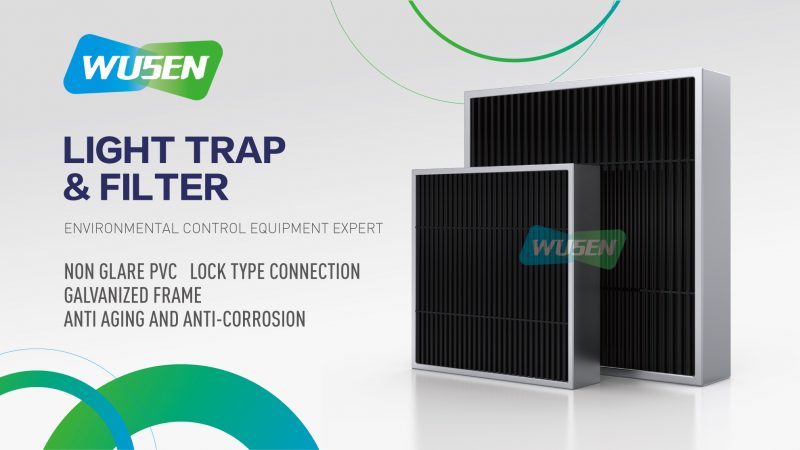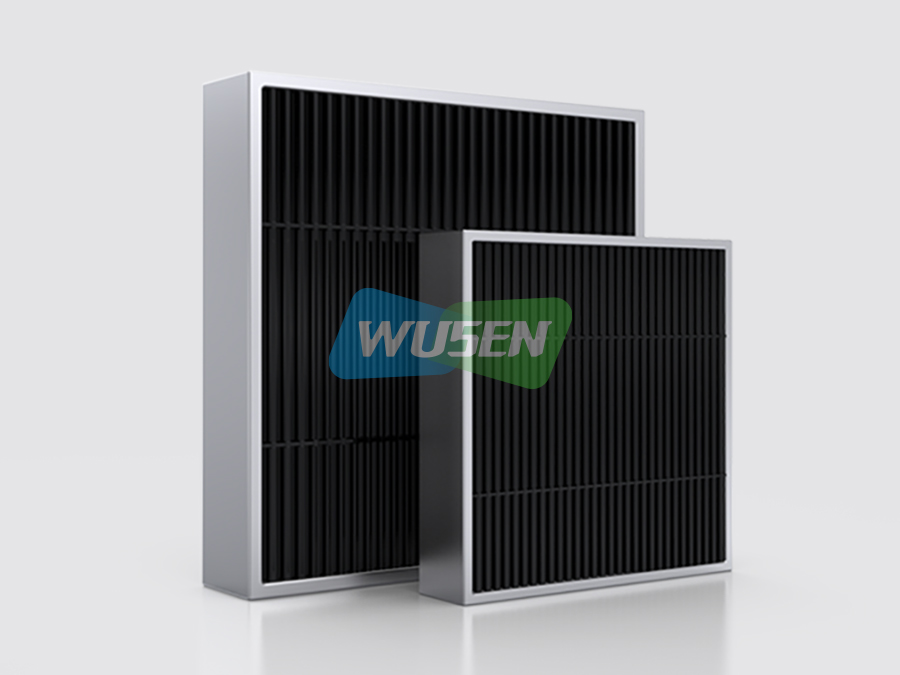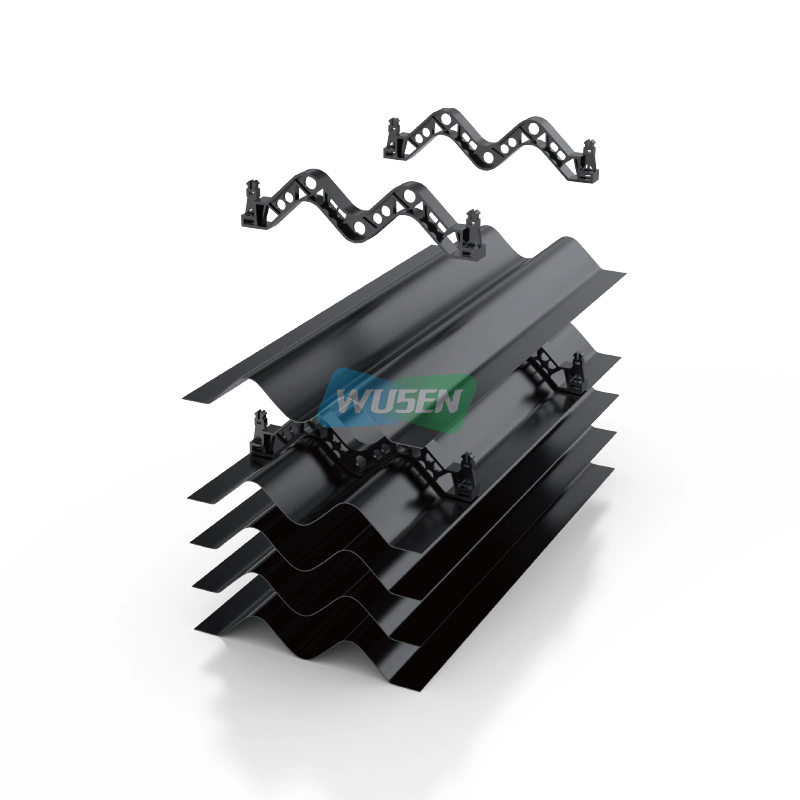PVC Poultry Light Traps: The Solution for Light Control in Modern Poultry Farming

The advantages of PVC poultry light traps. This guide explains how this durable, 100% light-blocking solution is helping poultry farms worldwide increase egg production, improve bird welfare, and increase energy efficiency. Find the best PVC light-blocking solution for your poultry house.
The Critical Role of Light Control in Poultry Farming
For professional poultry farmers, light is more than just illumination; it’s a management tool. Precise light control is essential for maximizing egg production, ensuring healthy broiler growth, and managing breeder flocks. However, uncontrolled light leakage through vents, air inlets, or poorly sealed windows can disrupt your entire lighting plan, leading to reduced productivity, increased cannibalism, and wasted energy.
What is a PVC light trap filter?
A PVC light trap filter is not a light-trapping device; it’s a light-blocking system designed to block 100% of external light while maintaining necessary air circulation. It is typically a structure or curtain made of high-strength reinforced PVC fabric that is installed over air inlets, windows, or vents. It forms a maze or baffle that allows air to pass through but completely blocks light, creating a perfect “biological night” within the chicken house.

Key Benefits of PVC Light Trap Filtration
100% blackout
High-density PVC fabric is engineered to effectively block all light. This ensures precise photoperiod management, which is crucial for stimulating a stable laying cycle in hens and preventing premature maturation in pullets.
Durability and long service life
Our PVC fabric is coated and reinforced to withstand harsh farm environments. It won’t crack, fade, or become brittle in direct sunlight. The reinforcement withstands strong winds and physical impact. It’s unaffected by moisture, ammonia, and disinfectants, and has a lifespan of 5-10 years.
Maintaining Necessary Airflow
This is central to its design. The shades are carefully designed to create a barrier without compromising ventilation. Fresh air can circulate in and out of the shades, maintaining critical air quality and temperature control without letting in any disturbing light.
Significant Financial Returns
By ensuring a perfect dark environment, you can directly contribute to the following:
Increased egg production: Consistent light schedules prevent egg production declines.
Improved Feed Conversion Ratio (FCR): In darkness, birds are quieter and use less energy for activity. Reduced cannibalism and mortality: Proper darkness reduces stress and pecking injuries.
Energy savings: You won’t waste electricity to compensate for light leaks during the day.

